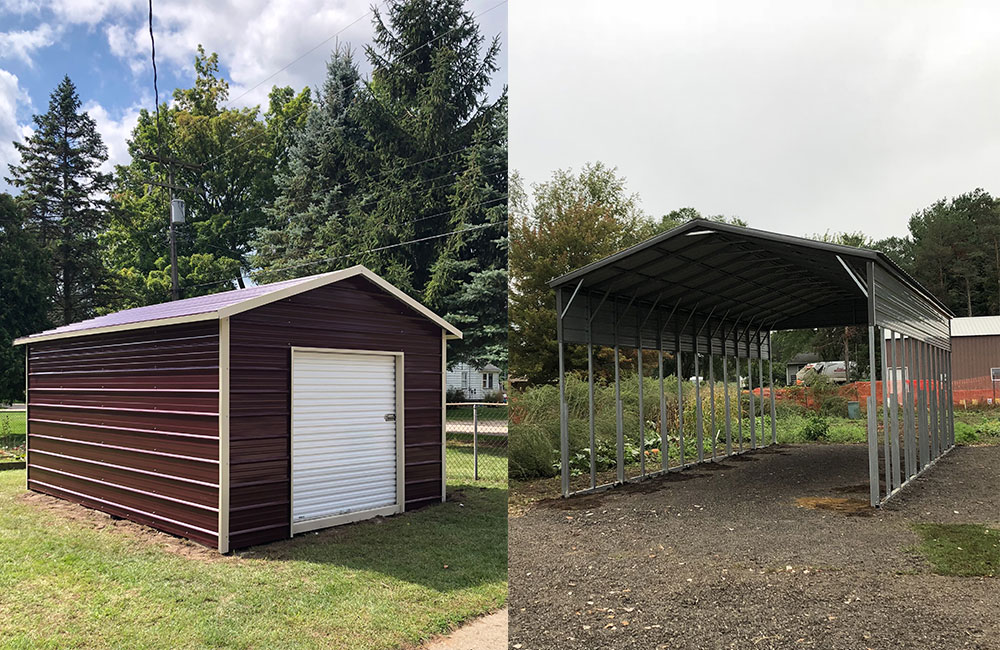
Steel buildings are celebrated for their durability and resilience, but does this mean they are impervious to pests? While steel structures provide a formidable barrier against many intruders, it’s essential to examine the factors that contribute to their pest-resistant qualities.
Material Composition
The primary material of steel buildings, galvanized steel, is not conducive to pests. Unlike wood, which may attract termites and other insects, steel offers no nutritional value to pests. This inherent characteristic makes steel buildings a less attractive target for various pests.
Sealed Joints and Connections
Steel buildings are constructed with precision, ensuring tight joints and connections. This leaves minimal gaps or entry points for pests. The seamless construction of steel structures reduces the likelihood of pests finding vulnerabilities, making it challenging for them to infiltrate.
No Organic Components
Unlike traditional building materials that may have organic components susceptible to decay and pests, steel is inorganic. Pests, such as rodents or insects, are less likely to be drawn to steel buildings as they lack the organic materials that attract and sustain these intruders.
Resistance to Rot and Mold
Steel does not rot, decay, or support the growth of mold. These attributes contribute to the overall inhospitality of steel buildings for pests. Without the presence of damp or decaying materials, conditions are unfavorable for many pests that thrive in such environments.
Regular Maintenance Practices
While steel itself is resistant to pests, regular maintenance practices play a role in ensuring a pest-free environment. Inspecting the building for any potential vulnerabilities, such as damaged seals or openings, and promptly addressing them helps maintain the structure’s integrity against pests.
Foundation Considerations
The foundation type and construction also influence the susceptibility of a steel building to pests. Elevating the structure on a concrete foundation or using proper insulation techniques further reduces the likelihood of pests finding entry points.
Landscaping and Vegetation Management
The immediate surroundings of a steel building can impact its vulnerability to pests. Proper landscaping practices, such as maintaining a clear perimeter and managing vegetation, reduce the likelihood of pests finding shelter or pathways to the structure.
Conclusion
While no structure is entirely immune to pests, steel buildings present a formidable defense against many common intruders. The combination of material composition, construction precision, and regular maintenance practices creates an inhospitable environment for pests. By leveraging the innate qualities of steel and implementing proactive measures, property owners can enjoy the durability and pest-resistant characteristics of their steel structures.